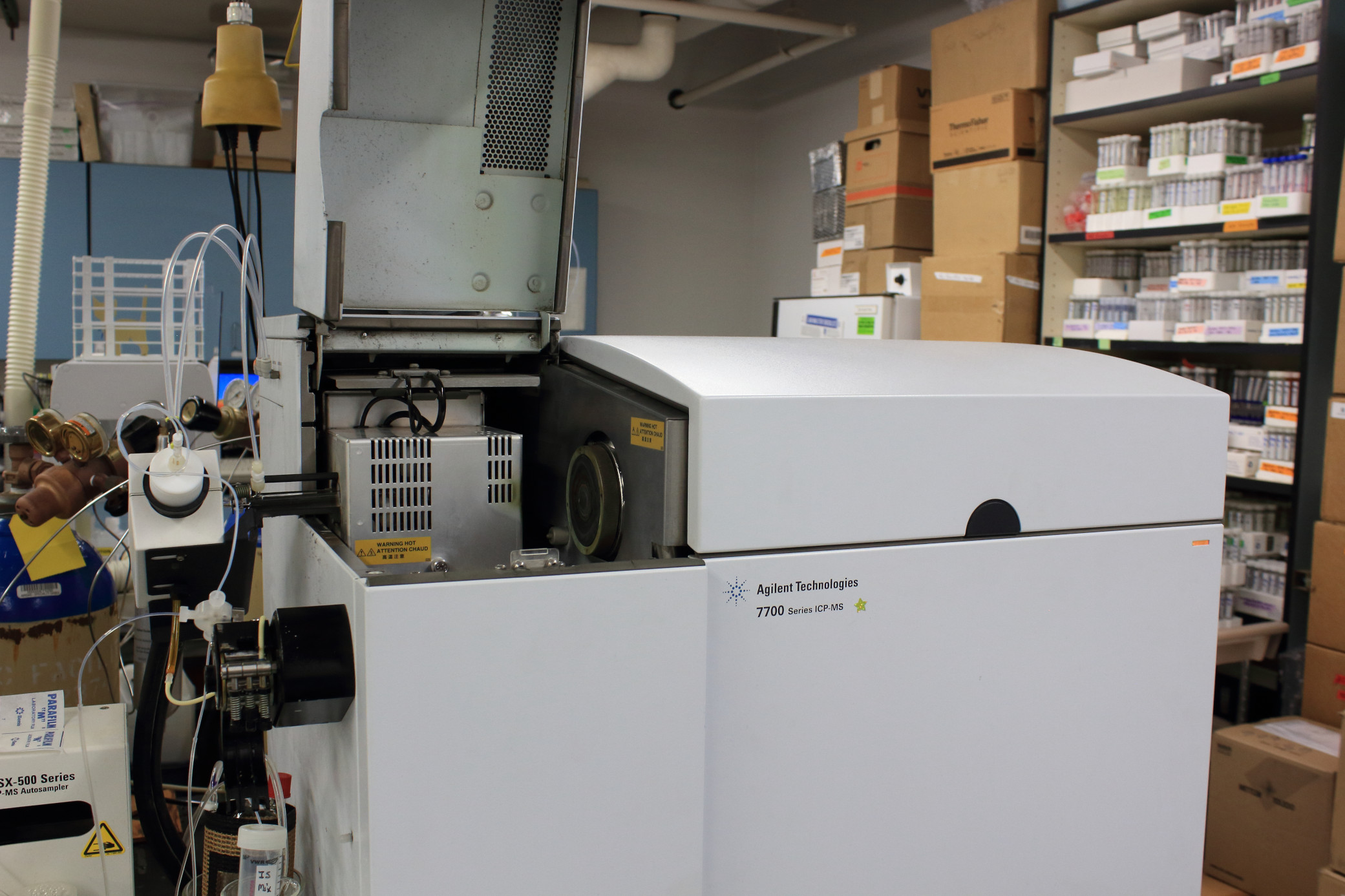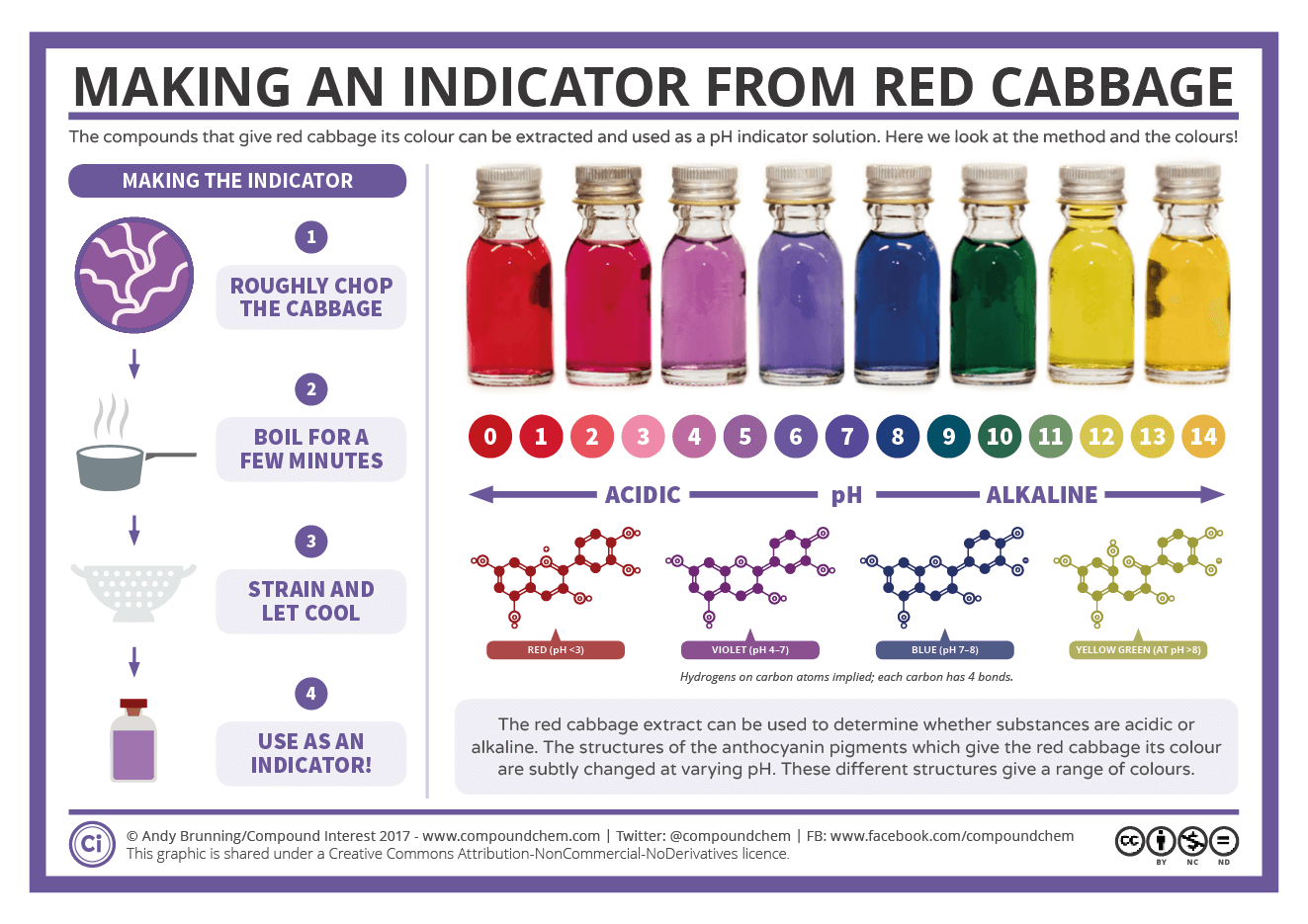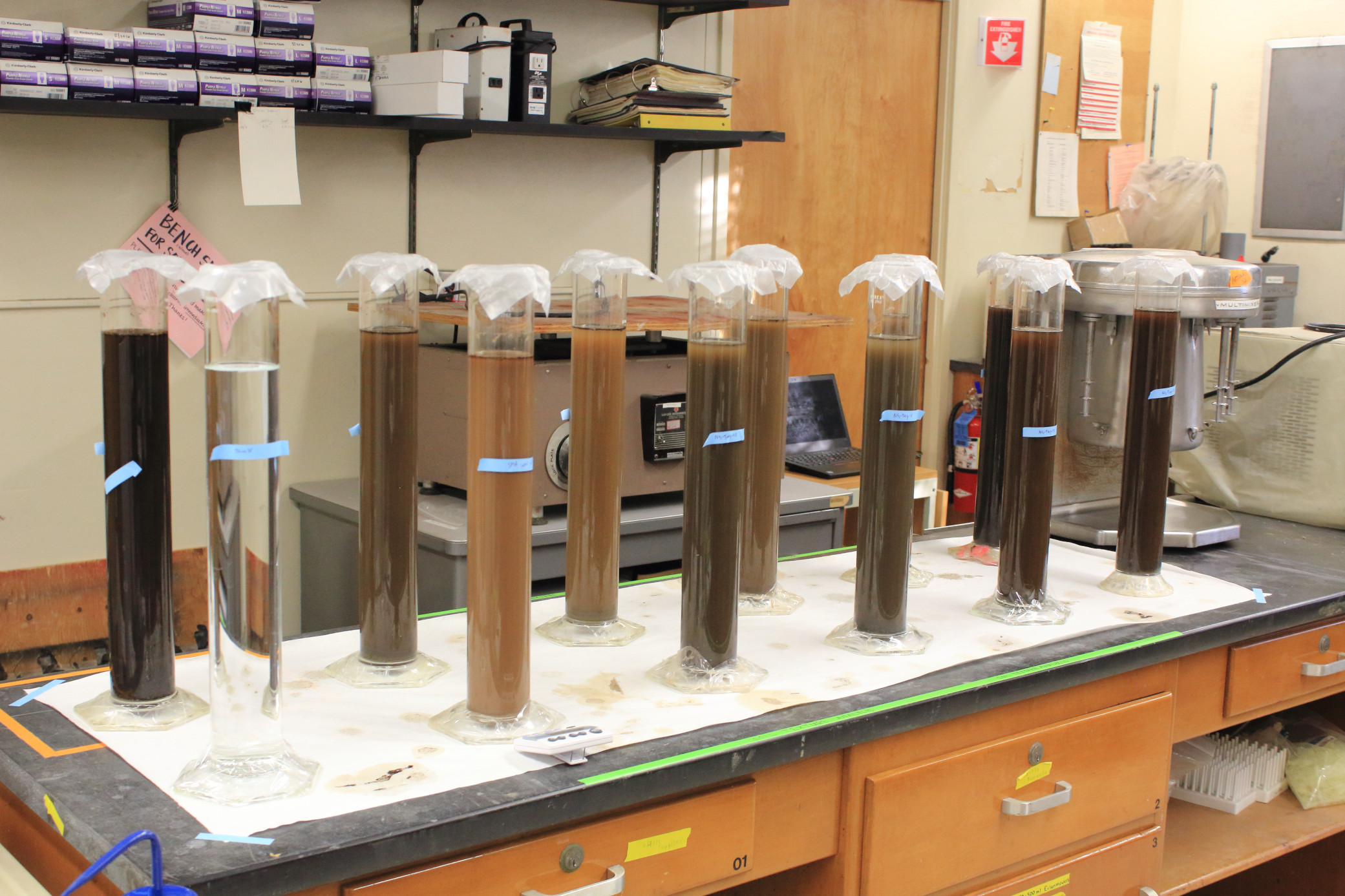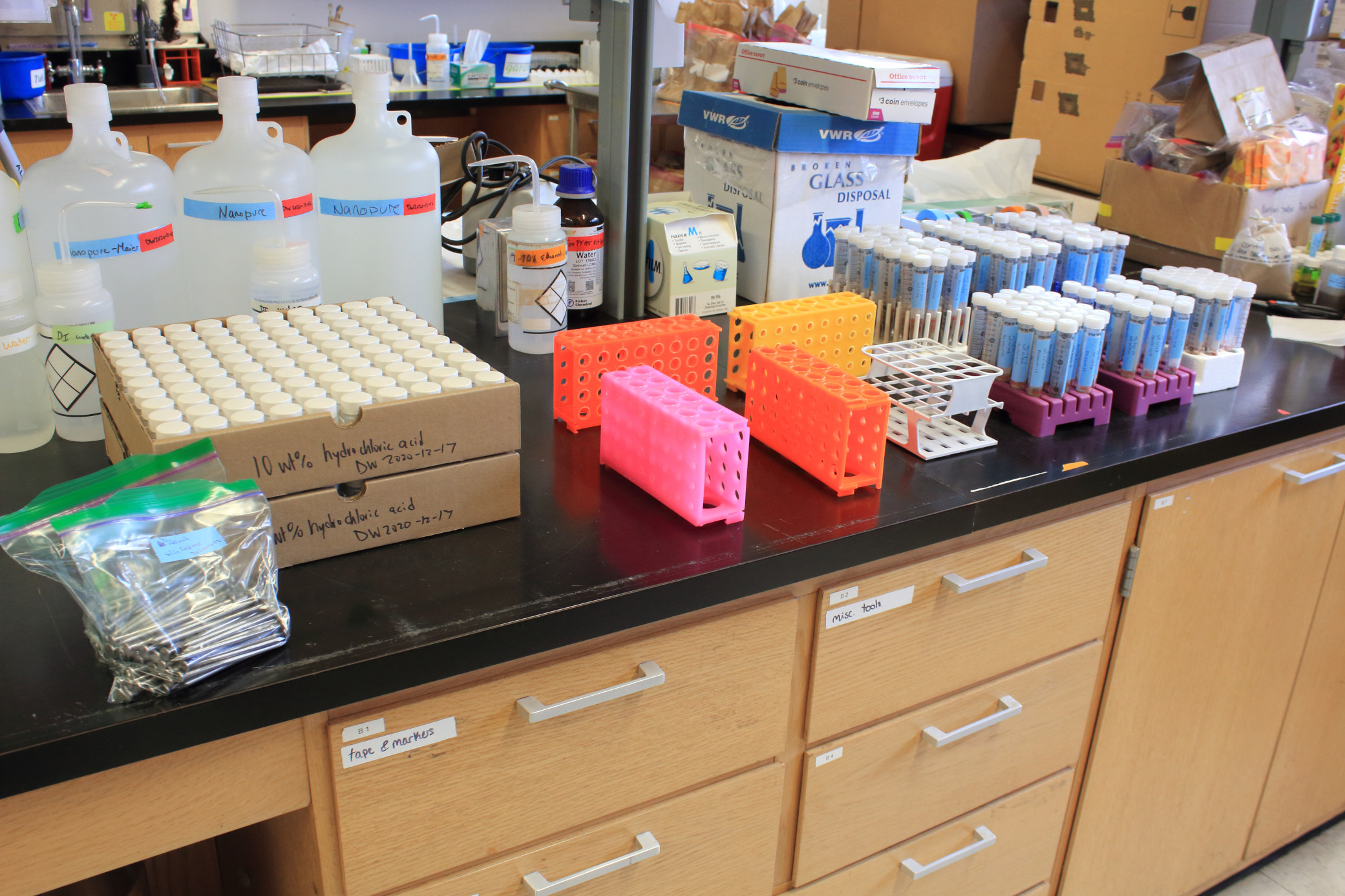Today Dan visited the Arizona Laboratory for Emerging Contaminants (ALEC) at the University of Arizona where the Troy soil samples prepared in the Ramírez-Andreotta laboratory were sent for analysis using their inductively coupled plasma mass spectrometer (ICP-MS). The director of ALEC, Mary Kay Amistadi, walked Dan through the process of how the Troy soil samples were prepared and analyzed with the ICP-MS to measure the amount of arsenic, copper, and lead in the samples. A small quantity of soil (1 gram) is added to an acidic solution and placed in an industrial microwave to bring all of the metals in the soil into the solution. Then a pump moves the solution into the ICP-MS where it is vaporized and all of the components are measured by their atomic mass.
These laboratory measurements will be used to calibrate the arsenic, copper, and lead field tests of the Community Soil Study Toolkit. By calibrating the tests in the Toolkit, we can use the color responses that they produce to determine the quantities of arsenic, copper, and lead in a soil sample. The preparation of the soils for analysis with the ICP-MS is similar to the preparation in the field tests in the Community Soil Study Toolkit, with a few substitutions: (1) there is no industrial microwave in the field, so the soil is soaked in an acidic solution at room temperature for a longer period of time; and (2) there is no ICP-MS in the field, so a way of generating a color response that corresponds to the amount of arsenic, copper, and lead is substituted.
Below is a picture of the ICP-MS at ALEC:







